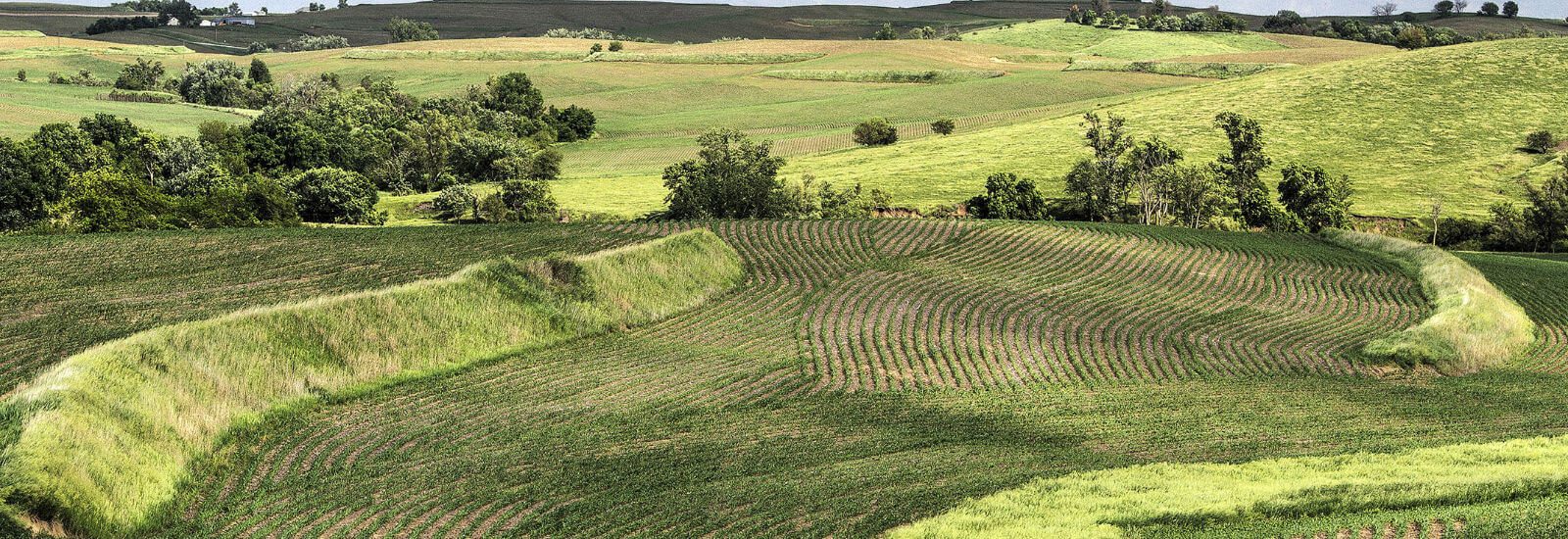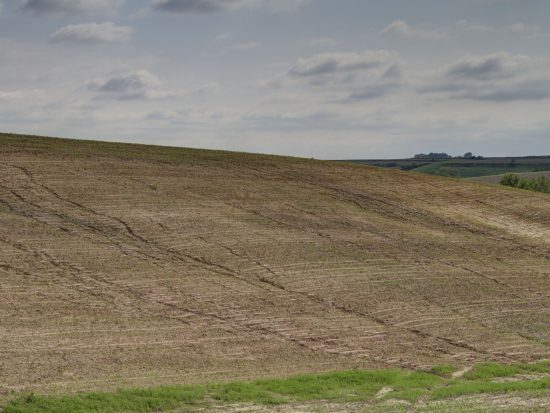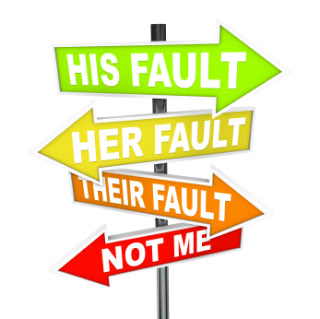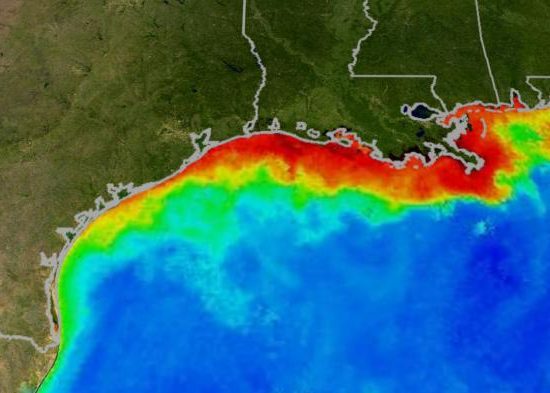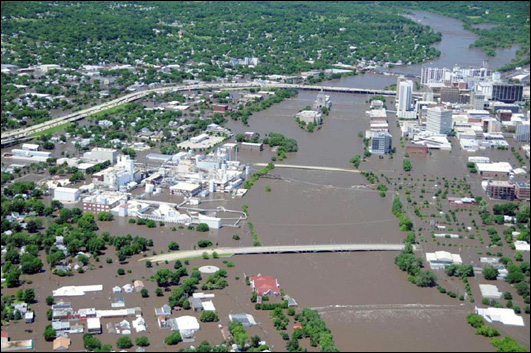Recently I have had conversations with representatives from two grain merchandisers. Both representatives indicated that grocers have been changing their sustainability focus from climate change to water quality, reasoning that improvements in water quality were more obvious to the consumer and easier to report. I agree. The ability to track and report agricultural improvements to water quality is far easier to track than climate change. But maybe there is even a better reason that a company should focus on water quality. If the farmer is one …
What did you accomplish with all that taxpayer money?
It seems like “dollars spent” has become the new metric for reporting improvements in soil and water conservation. I totally agree, we should know how much money is being spent on protecting our natural resources, but I think “dollars spent” is a misleading way to report progress. Taxpayers are entitled to information that contains more specificity, such as tons of soil or pounds of nitrogen kept from entering water bodies. Better yet, progress reporting should include efficiency information such as the cost of saving a ton of soil (cost/ton …
Deny, deflect, defend
Recently, I have heard some environmentalists complain about using tax payer money to clean up the environment. They say, “let the polluters pay,” meaning farmers should pay the entire bill. Really? Wow, talk about denying, deflecting, and defending. It is my sincere hope that people study the impacts of climate change and its effect on nitrogen and phosphorus runoff before denying culpability. I hope they realize they are part of the problem and need to be part of the solution; unless, of course, these environmentalists deny climate change is …
Straight Talk
Hot off the press! National Geographic reports the dead zone in the Gulf of Mexico is the largest ever. And all science points to agriculture in the Upper Midwest as the major source of nitrogen contributing to this dead zone. If this doesn’t demand straight talk with farmers then I don’t know what does. It’s time for government agencies and agribusiness to be honest with farmers. We all need to quit pretending that stabilizers, split application and spring application of nitrogen is the answer to water quality. All that may help with …
Minnesota Buffers – the right approach?
The State of Minnesota has laid out the water quality requirements clearly in their Minnesota Buffer Law. The buffer law requires landowners with land along public waters (rivers, lakes, streams and wetlands) to install a 50-foot buffer of perennial vegetation and a 16.5-foot buffer along all public drainage systems. The law also allows for a combination of practices to be used to sufficiently meet water quality goals. If that happens, a buffer may not be needed. The intent of the Minnesota law is to improve water quality. I am on record …
What’s HUD got to do with it?
From time to time, I trade phone calls with an old acquaintance, Carl Palmquist. Carl served as a Commissioner of the Soil & Water Conservation District in Woodbury County (Iowa) during the time I worked for the Soil Conservation Service (now the NRCS). Carl and I often lament the decline of two very important federal programs, the Flood Control Act of 1944 (PL-534) and the Watershed Protection and Flood Prevention Act of 1954 (PL-566). The Flood Control Act of 1944 authorizes the Secretary of Agriculture to install watershed …
